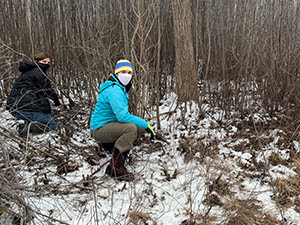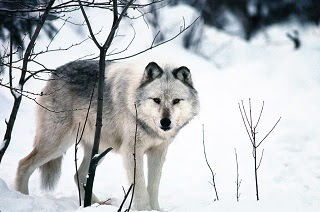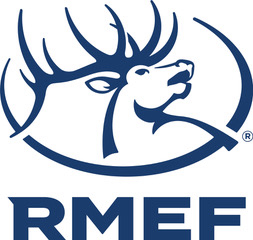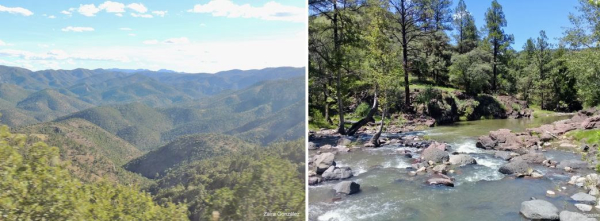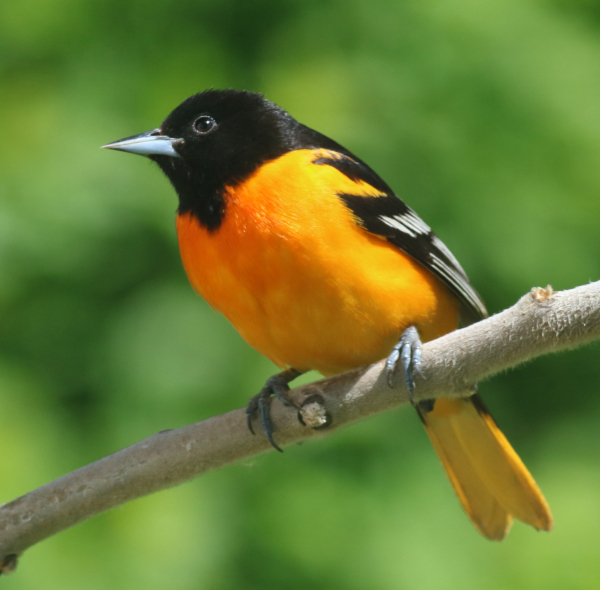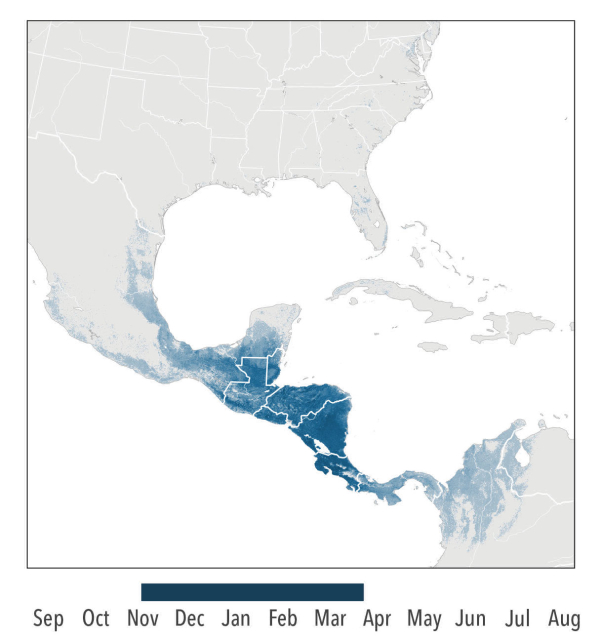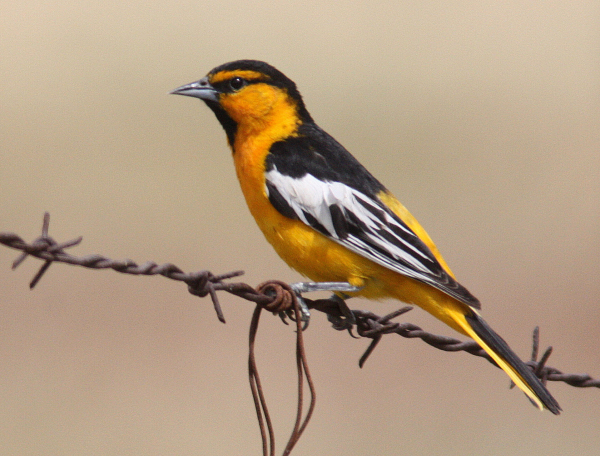BISMARCK, NORTH DAKOTA — Mallards hatched last spring in the Prairie Pothole Region of Canada and the northern United States continue to drop in on hunters during these final days of the 2020-21 season as far south as Louisiana, Texas and California. Meanwhile, a thousand miles north, Delta Waterfowl Hen House Specialist Travis Quirk is already working to boost next season’s migration of North America’s favorite duck.
Quirk, of the Colonsay region of southern Saskatchewan, Canada, is an agri-business execuctive and waterfowling outfitter. He is also a former Delta Waterfowl research student. Importantly, as a seasonal contractor for The Duck Hunters Organization, Quirk is responsible for the upkeep of 300 Delta Hen House nest structures. He installed the structures for Delta, and maintains them each winter to ensure they’re ready to greet mallard hens when they return to the prairie wetlands to nest in April and May.
The Delta team of Hen House specialists in Alberta, Saskatchewan, Manitoba and North Dakota maintains nearly 10,000 mallard nest structures across the PPR, where up to 70 percent of the ducks migrating down all four North American flyways are hatched. Read more
